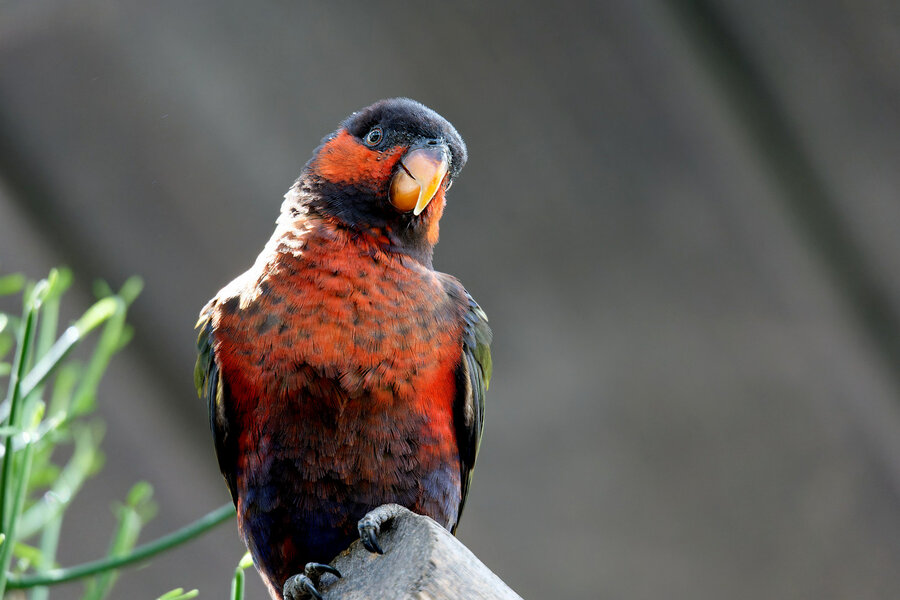pdk42
Moderator
- Joined
- Dec 5, 2022
- Messages
- 2,290
I agree George. Even at the highest resolution available on the post, it's clear that the feather detail is somewhat compromised.With all due respect, that is not what I would consider "tack sharp." The feather detail, while OK, is not great. I have seen more detail (at 200mm) from the 70-300, 100-400, and 150-600, and I'm sure any of the 70-200s that are available on L-mount would as well. Now, to be fair, ISO 8000 will never allow you to see the full potential of the lens, even when using DxO. The noise level is remarkably low, however.
I'd love to learn that some copies of the 28-200 are sharp & contrasty at 200mm, but IMO this image doesn't show that.
But it is a nice shot of a beautiful bird.
But - as Carter Bresson said - "sharpness is a bourgeois concept" ! A good image isn't necessarily an uber sharp image.

